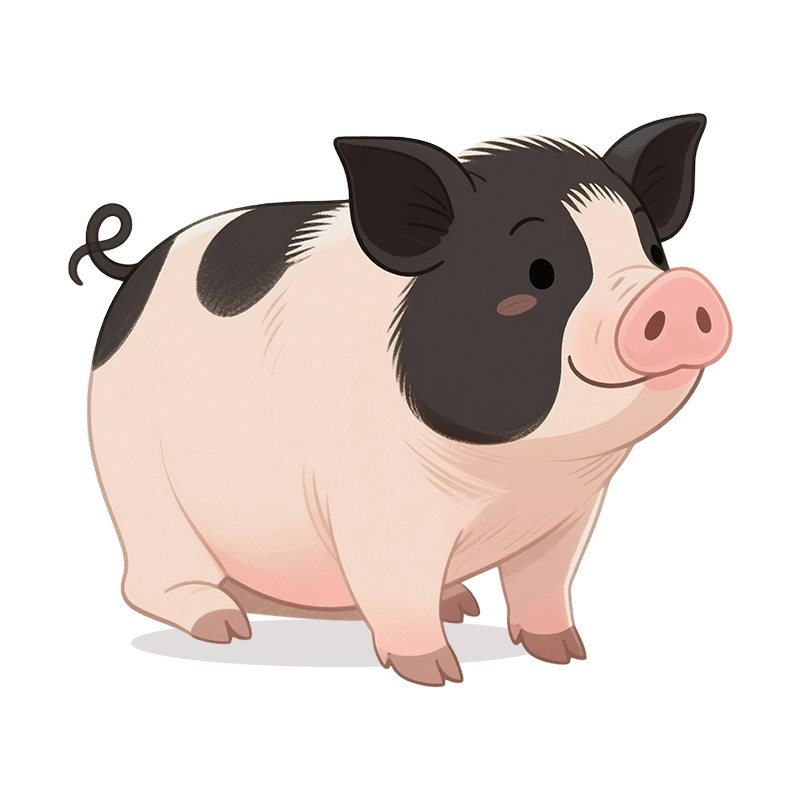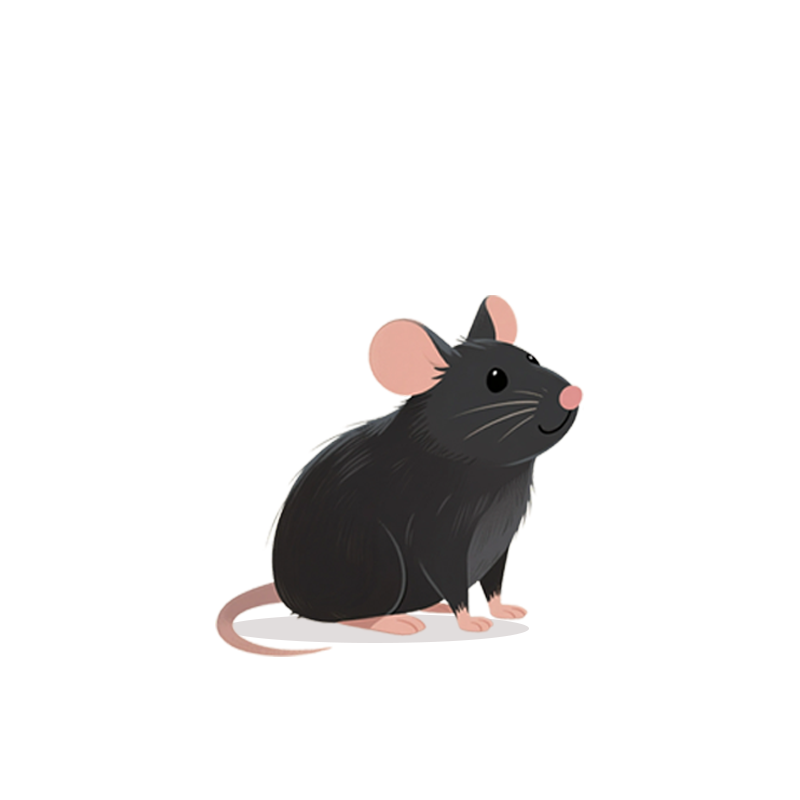Acute Pulmonary Embolism Model


Acute Pulmonary Embolism Model
The model in bama miniature pigdemonstrates high accuracy and reliability, closely resembling the progression of human pulmonary embolism, making it an excellent choice for both clinical and research applications.
Model Description
The Bama miniature pig is genetically close to humans in size and physiology, making it suitable for experimental procedures due to its appropriate size and well-developed anatomy. Its lung structure, with robust lobes and optimal tissue thickness, allows for excellent tolerance to blood loss and is ideal for hemodynamic studies.
This model in bama miniature pigdemonstrates high accuracy and reliability, closely resembling the progression of human pulmonary embolism, making it an excellent choice for both clinical and research applications.
Applications
- Study the pathophysiological mechanisms and therapeutic interventions of pulmonary embolism.
Modeling Methods
- 1. Under DSA monitoring, guide the catheter through the right femoral vein to the right lower pulmonary artery.
- 2. Perform angiography to visualize pulmonary artery structures.
- 3. Inject a custom-made embolus through the catheter to induce pulmonary embolism.
- 4. Continuously monitor heart rate, blood oxygen saturation, and pulmonary artery pressure throughout the procedure.
Testing items
- Radiographic analysis
- Heart rate monitoring
- Blood oxygen saturation assessment
- Pulmonary artery pressure measurement
After surgery, the heart rate of experimental pigs increased, pulmonary artery pressure increased, V/Q imbalance occurred, resulting in a decrease in blood sample.



